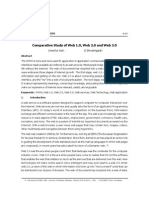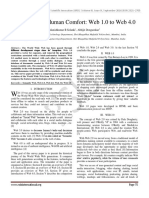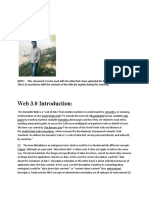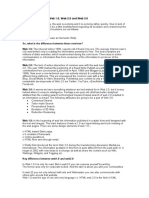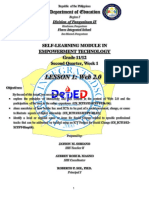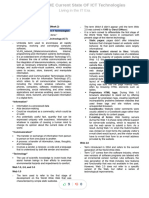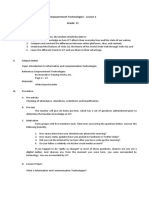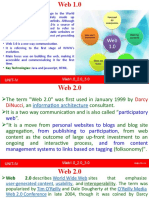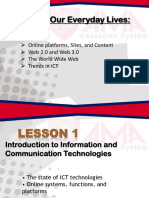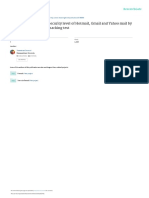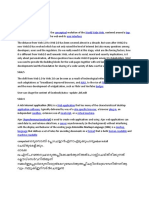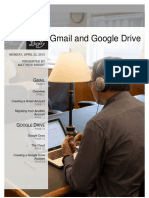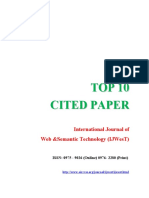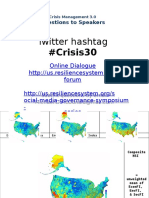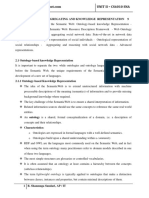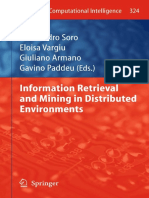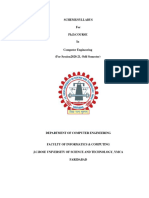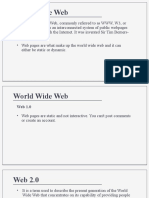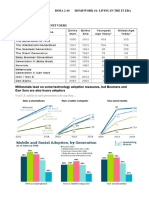0% found this document useful (0 votes)
97 views5 pagesProgression of Web 3.0 (Semantic Web) From Web 1.0: A Survey: April 2009
The document summarizes the progression of the World Wide Web from version 1.0 to 3.0. It describes how Web 1.0 mainly involved static pages for displaying information, while Web 2.0 enabled more user interaction and user-generated content through features like blogs and social media. Web 3.0, also called the Semantic Web, aims to make the web more intelligent by adding metadata and ontologies to allow software agents to better understand language and context, and more efficiently retrieve and filter relevant information for users.
Uploaded by
Mohamed AshrafCopyright
© © All Rights Reserved
We take content rights seriously. If you suspect this is your content, claim it here.
Available Formats
Download as PDF, TXT or read online on Scribd
0% found this document useful (0 votes)
97 views5 pagesProgression of Web 3.0 (Semantic Web) From Web 1.0: A Survey: April 2009
The document summarizes the progression of the World Wide Web from version 1.0 to 3.0. It describes how Web 1.0 mainly involved static pages for displaying information, while Web 2.0 enabled more user interaction and user-generated content through features like blogs and social media. Web 3.0, also called the Semantic Web, aims to make the web more intelligent by adding metadata and ontologies to allow software agents to better understand language and context, and more efficiently retrieve and filter relevant information for users.
Uploaded by
Mohamed AshrafCopyright
© © All Rights Reserved
We take content rights seriously. If you suspect this is your content, claim it here.
Available Formats
Download as PDF, TXT or read online on Scribd
/ 5

